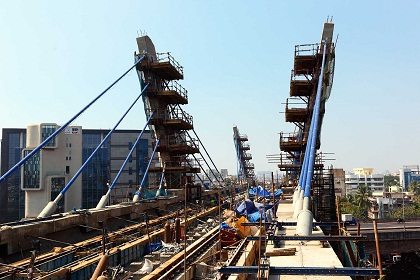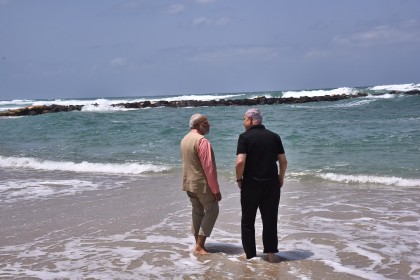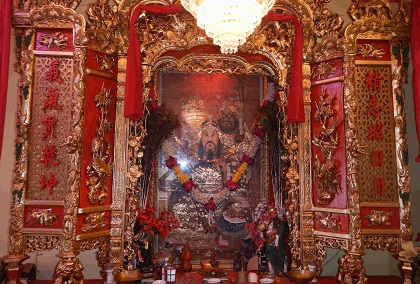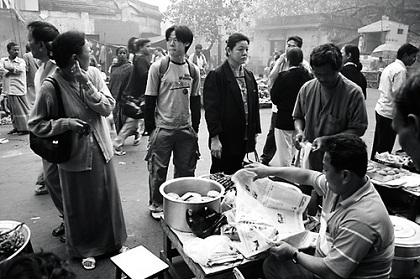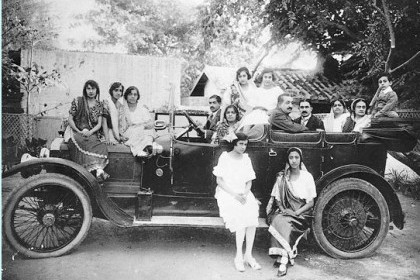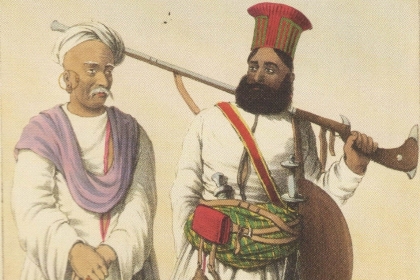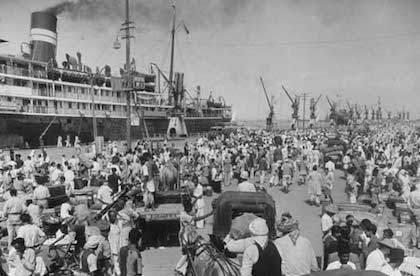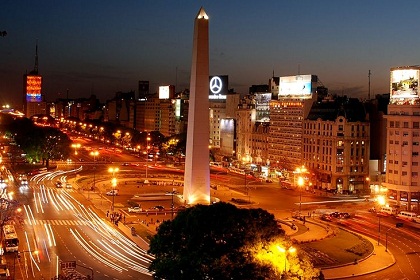Helping Indian farmers: an IFAD perspective
Rasha Omar, agricultural economist and Country Representative, Asia and the Pacific Division, International Fund for Agriculture Development, attended the Think20 Meeting in Mumbai. In an interview, she offers some prescriptions on how to reduce rural poverty in India



